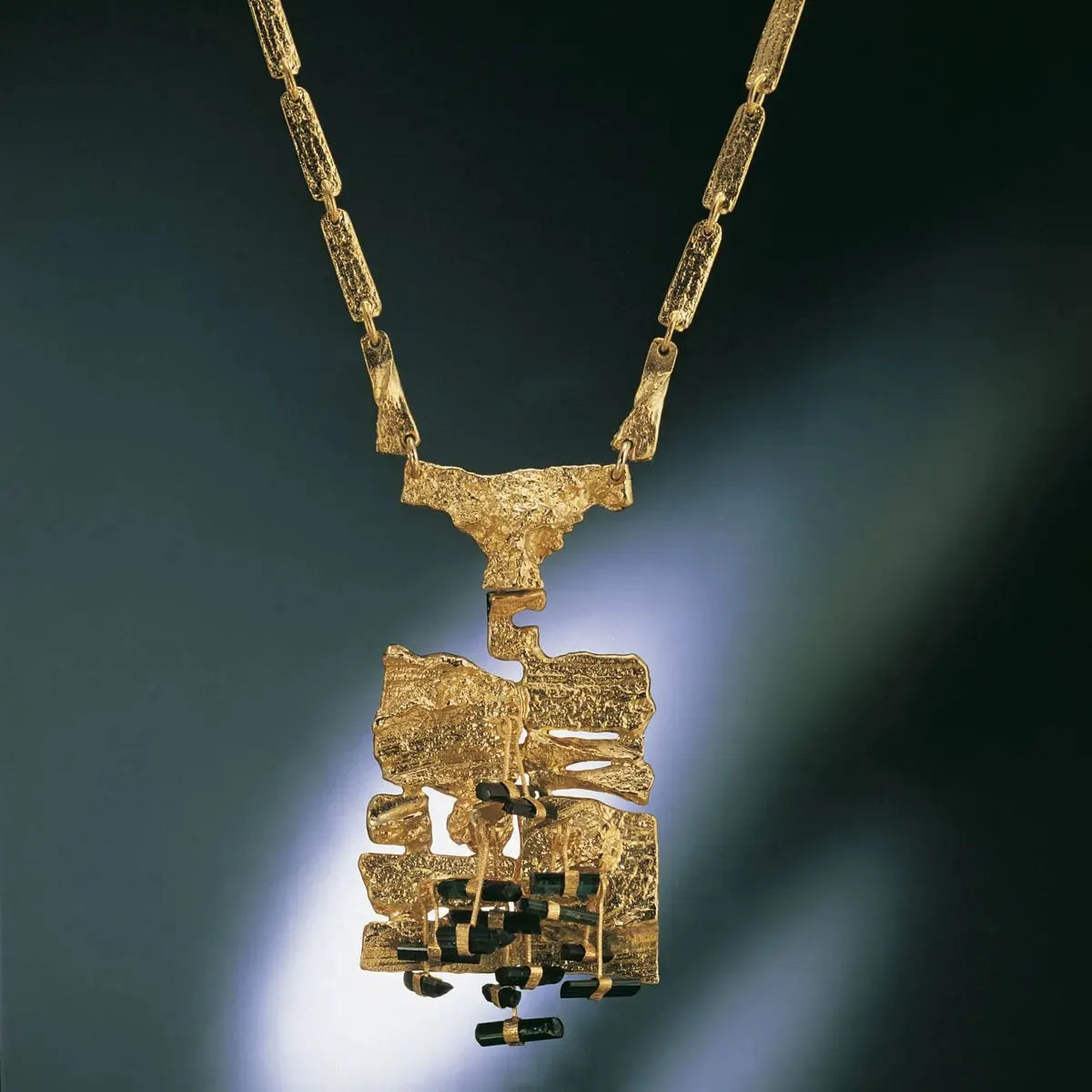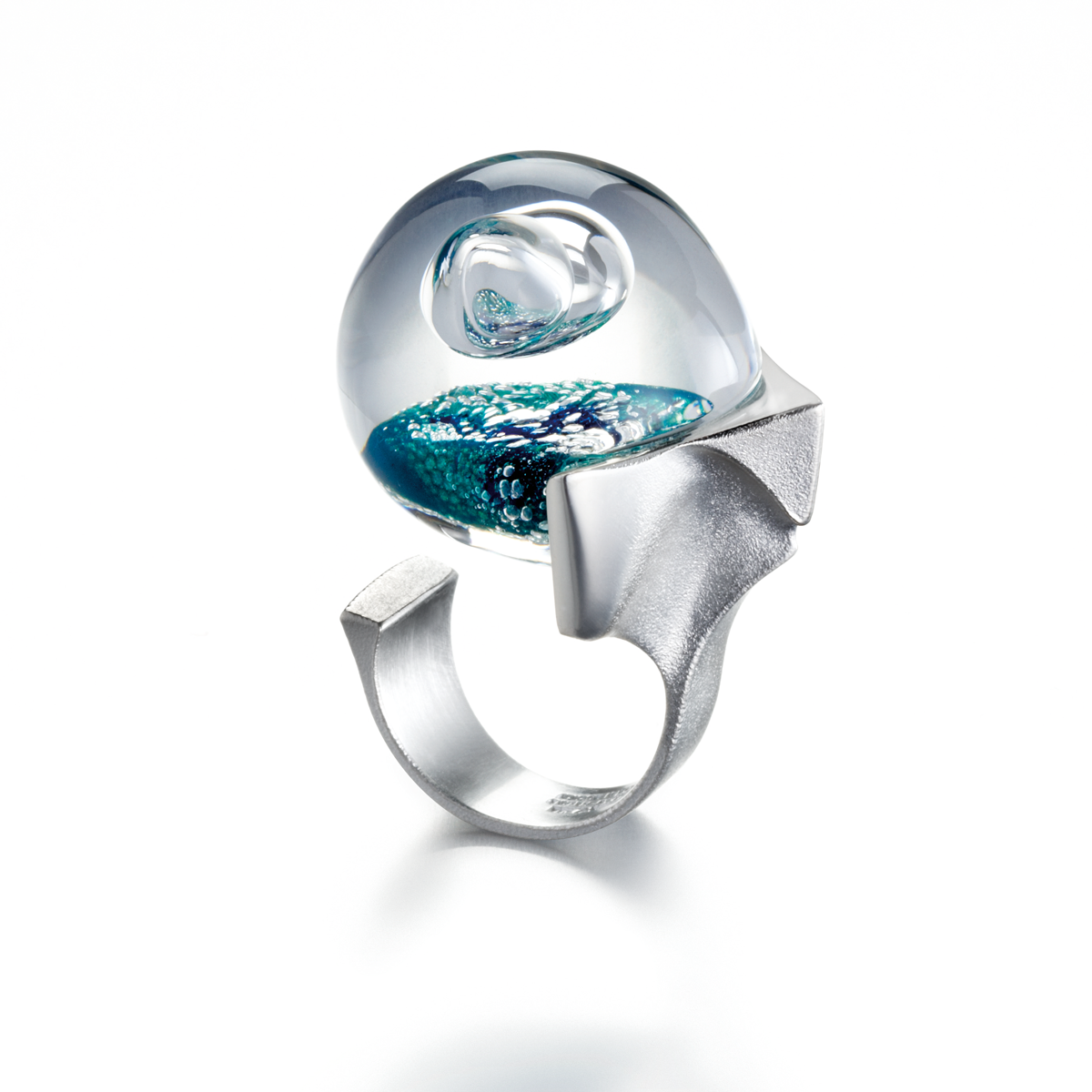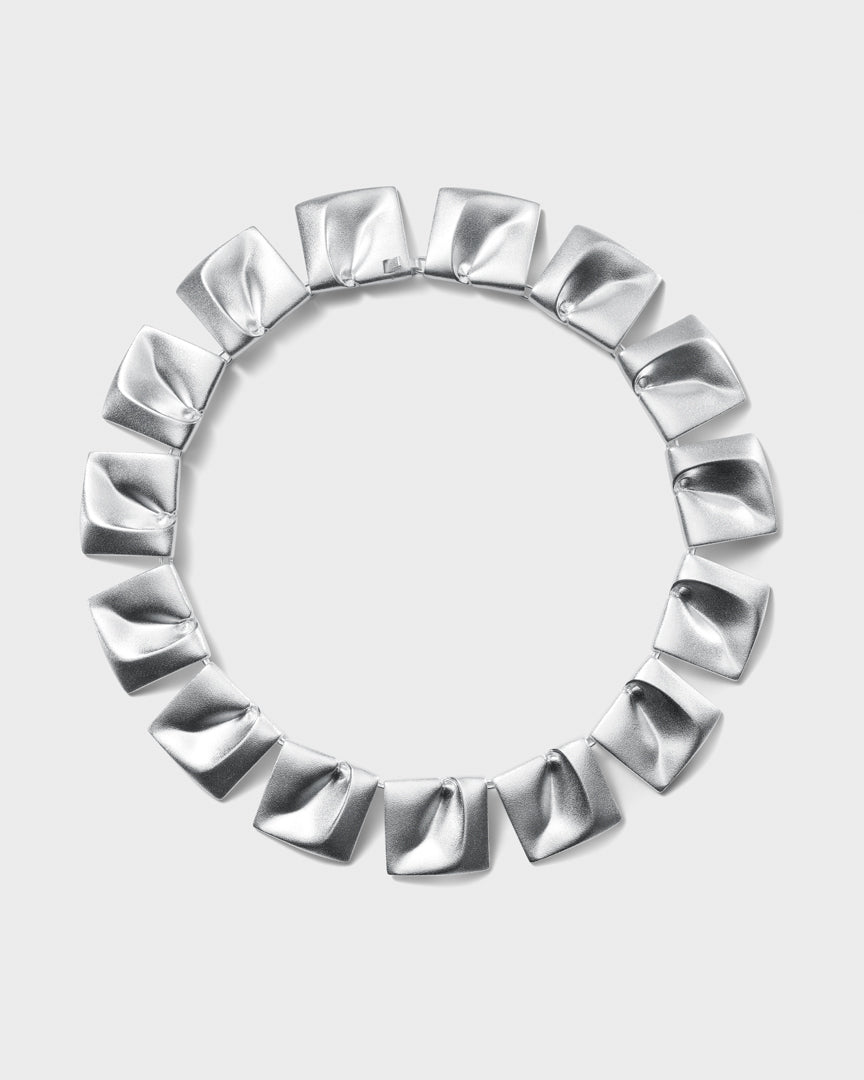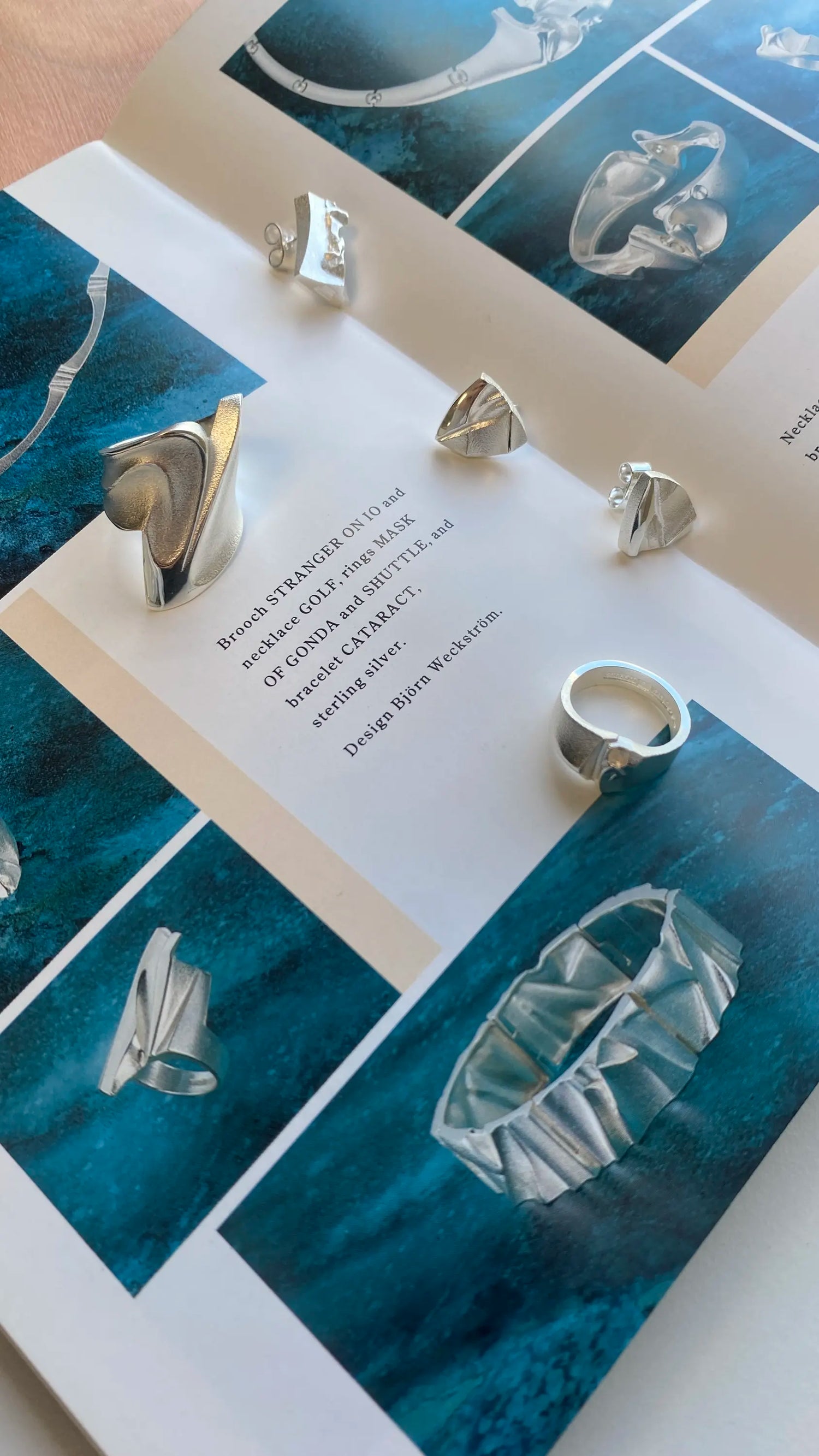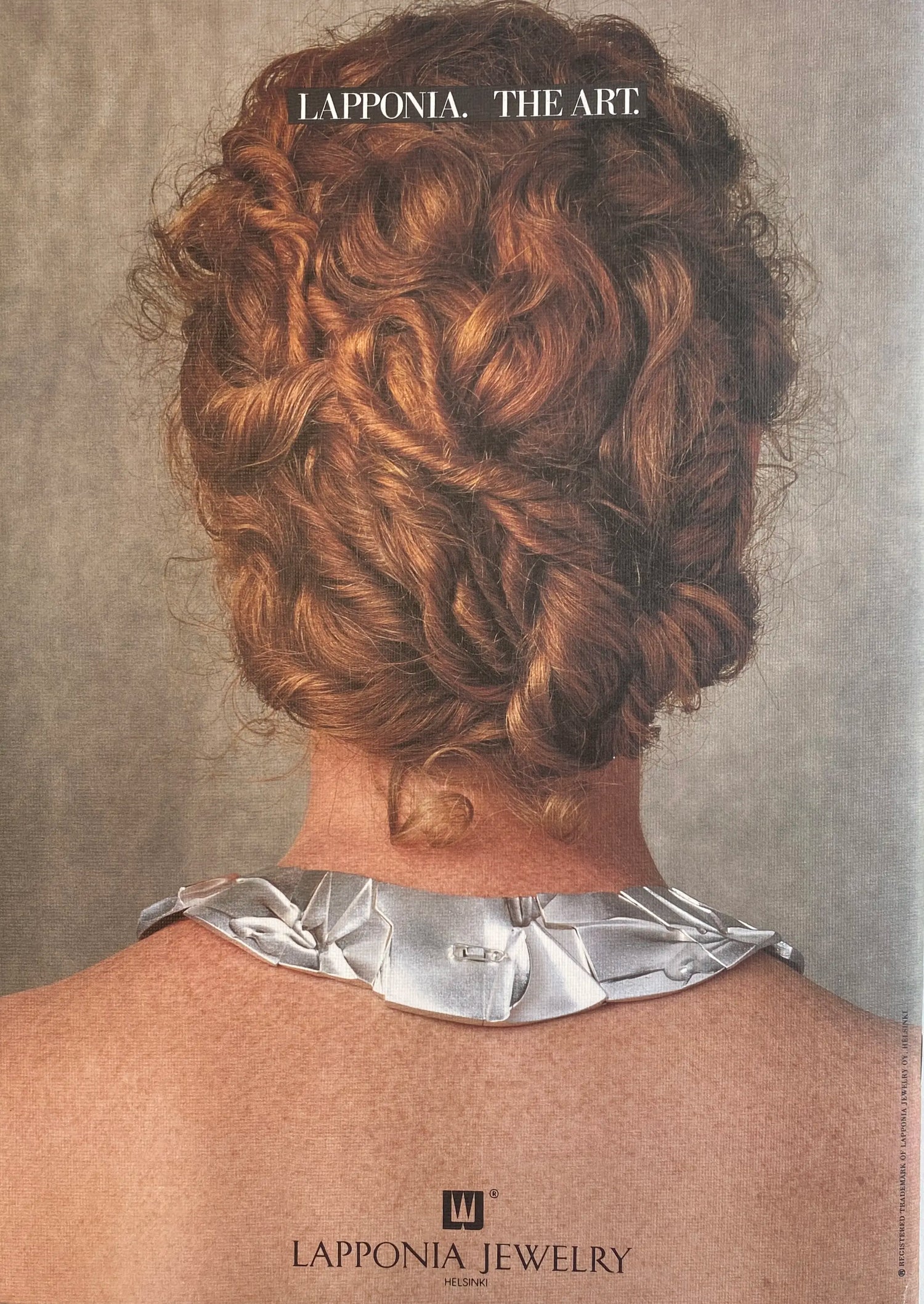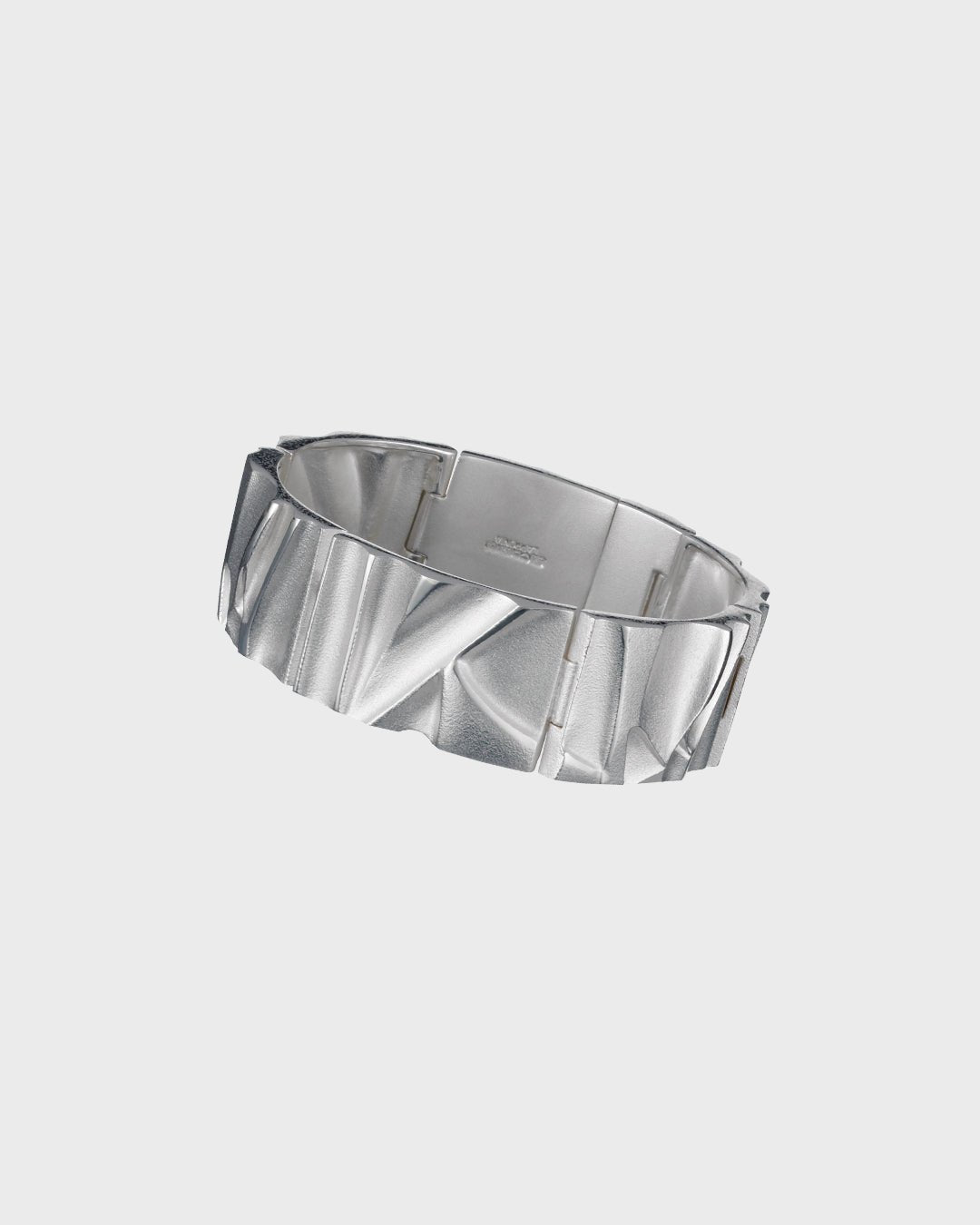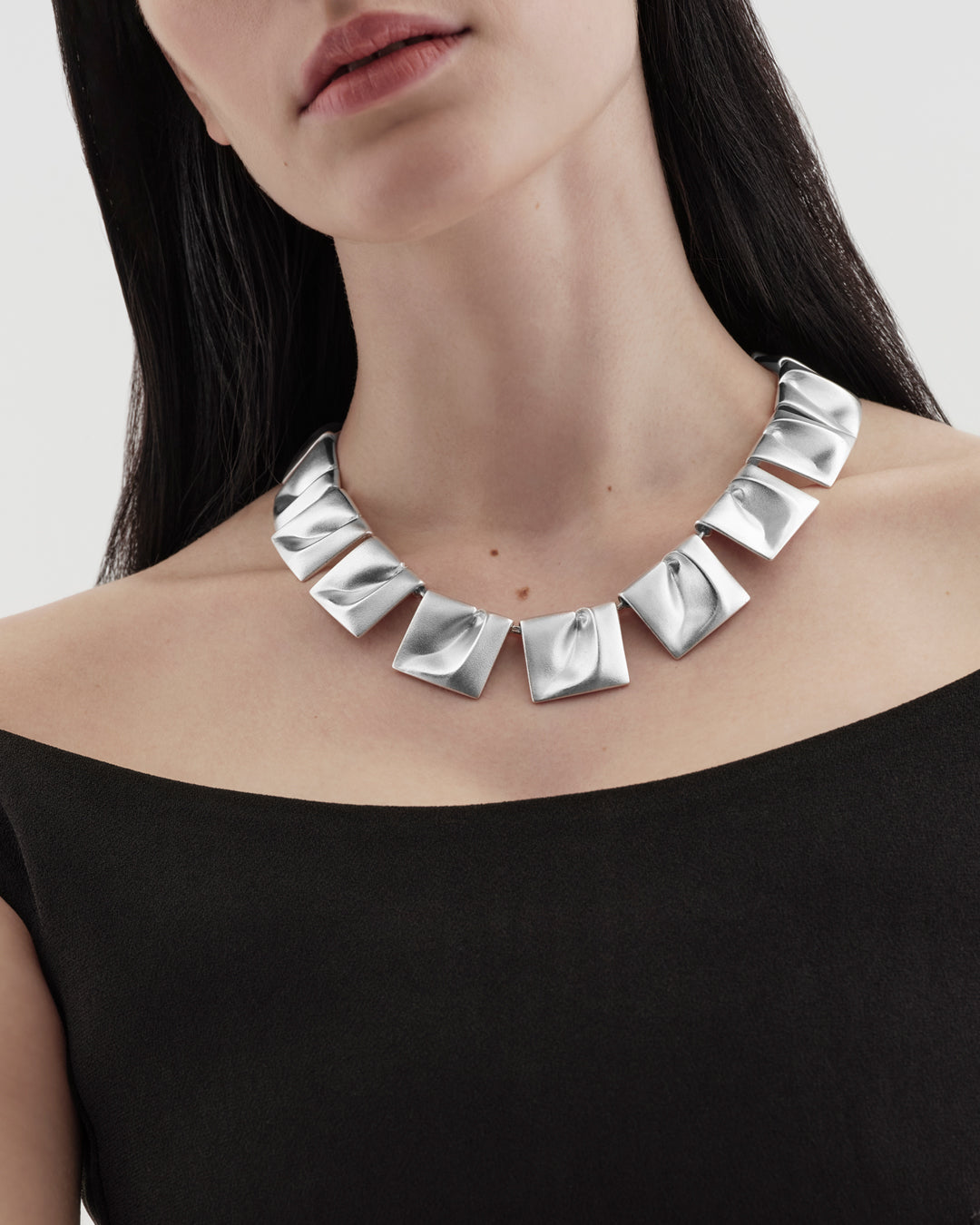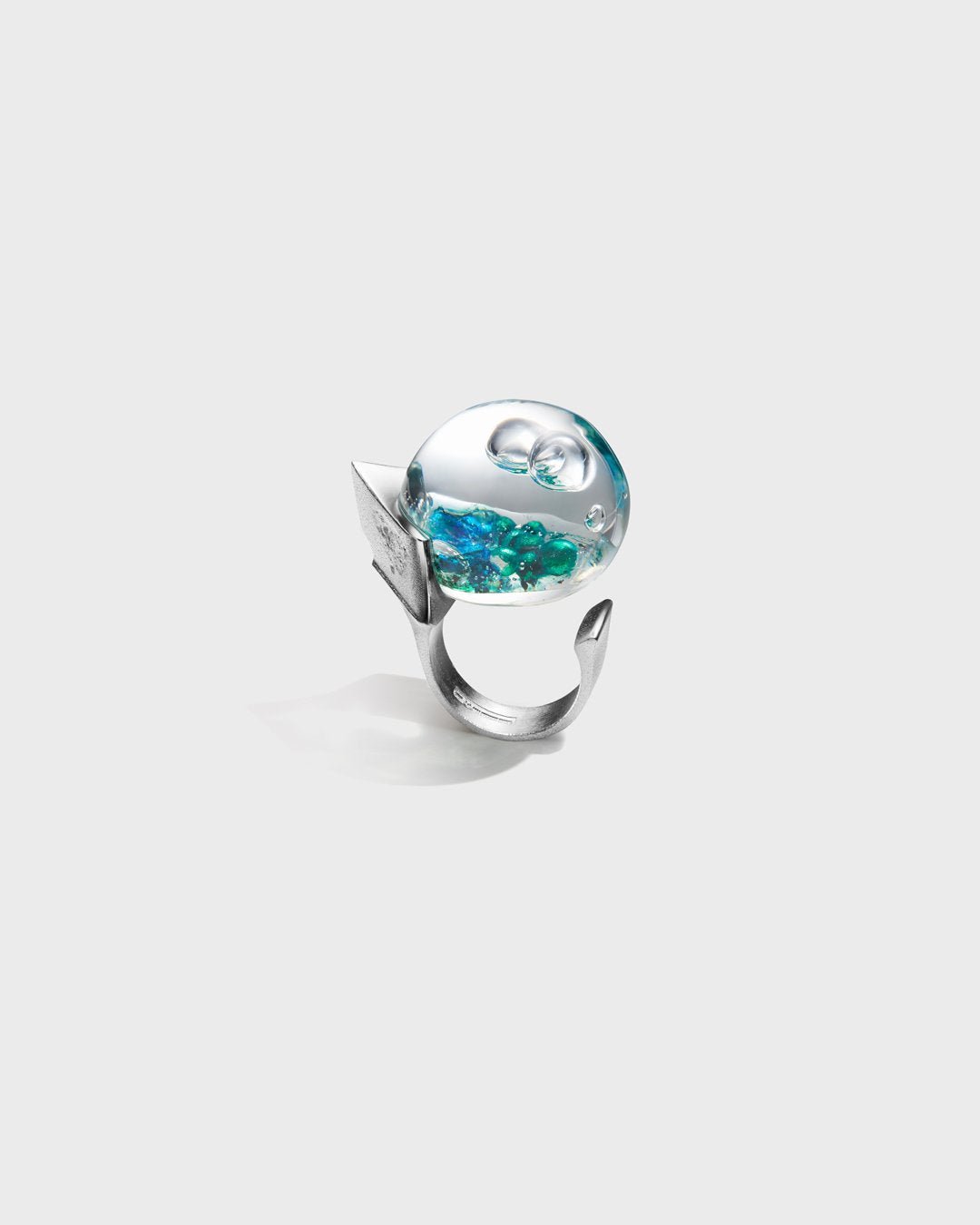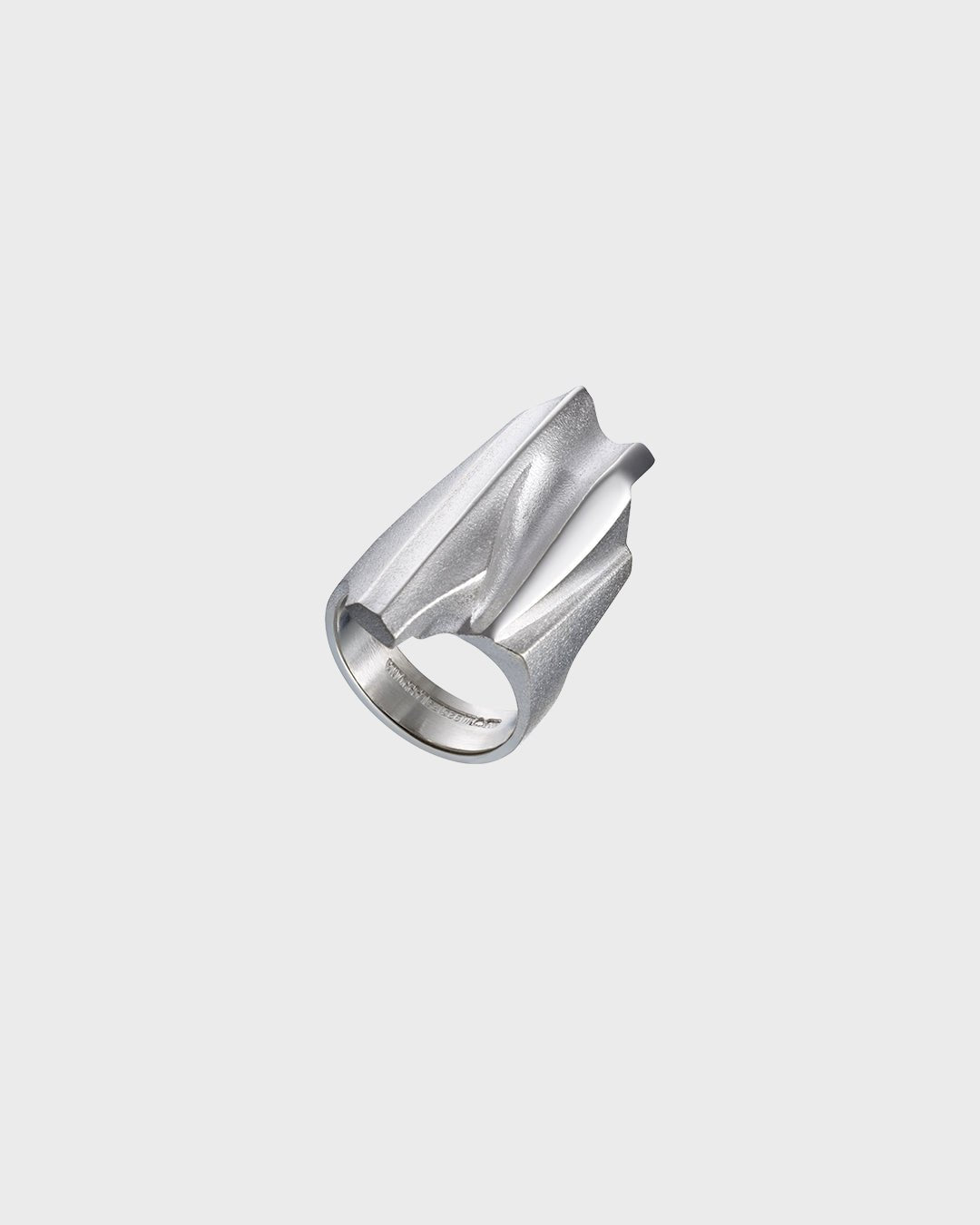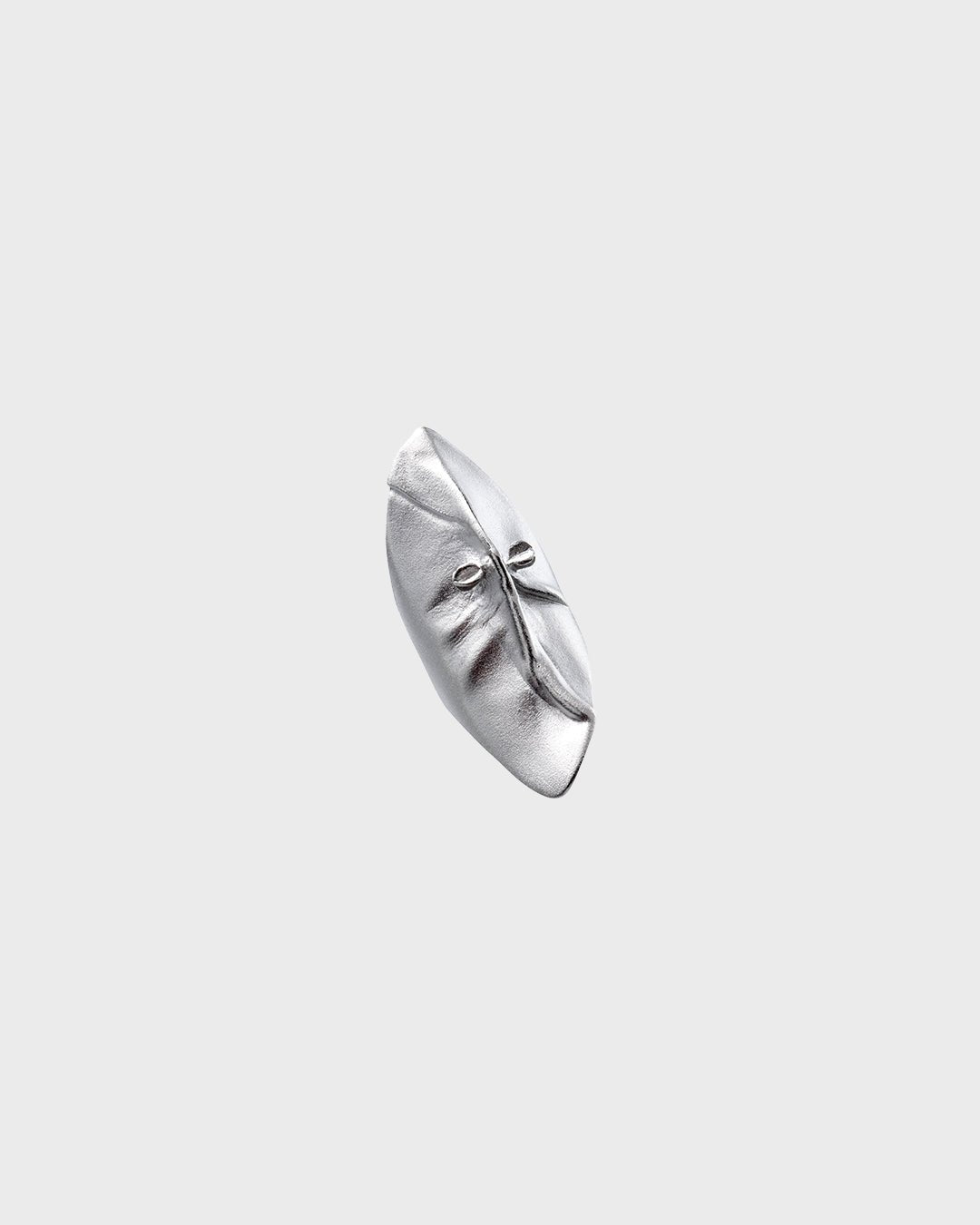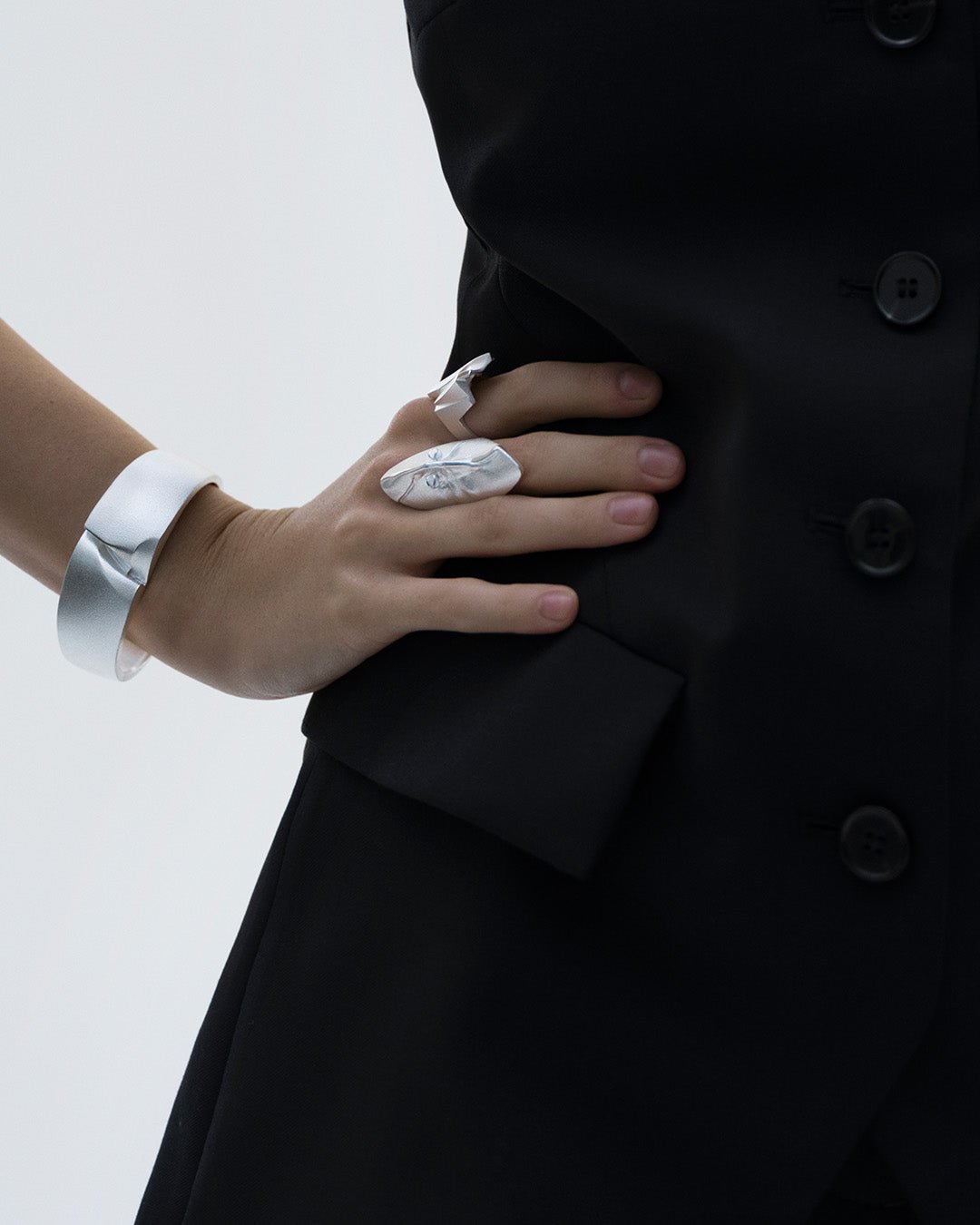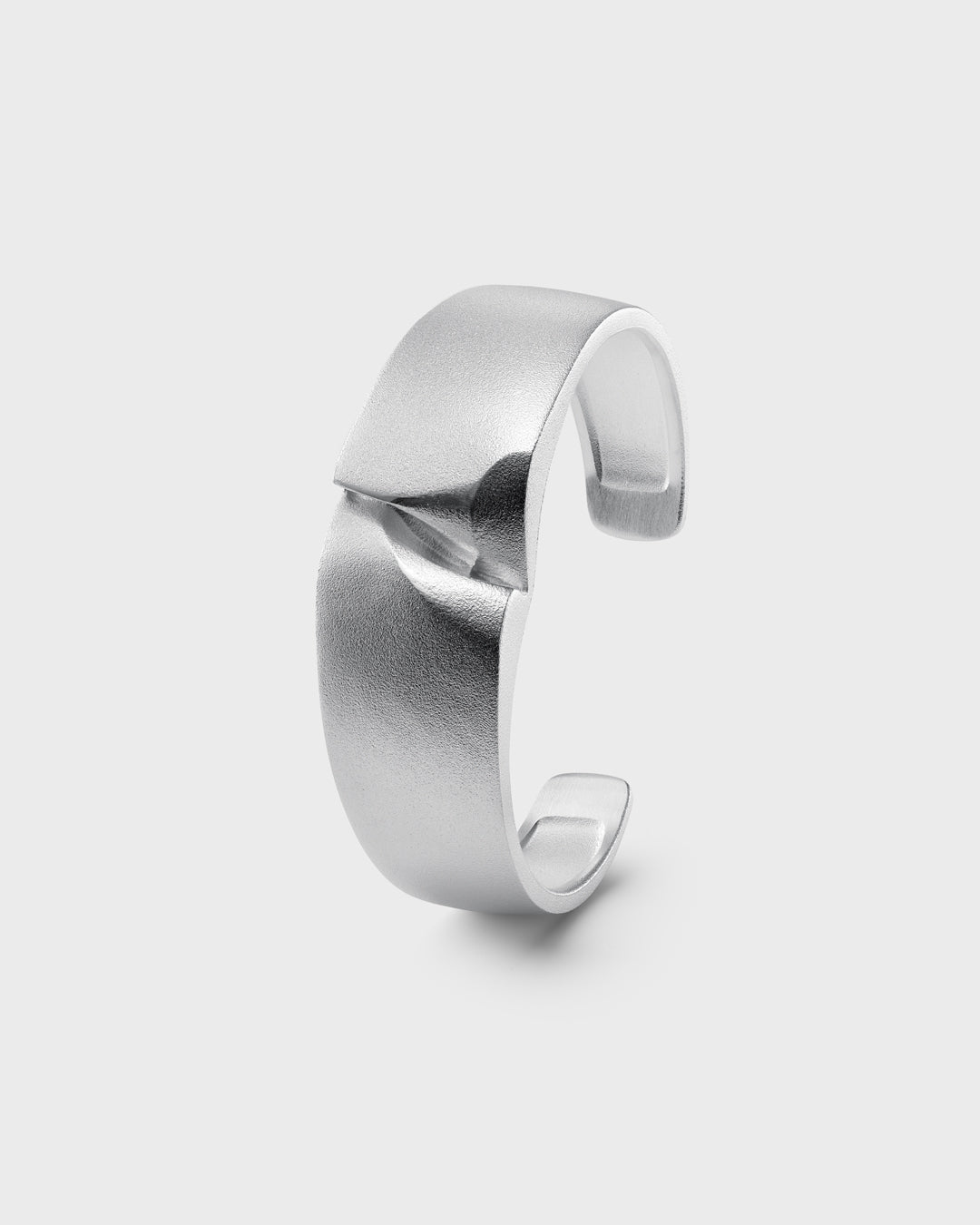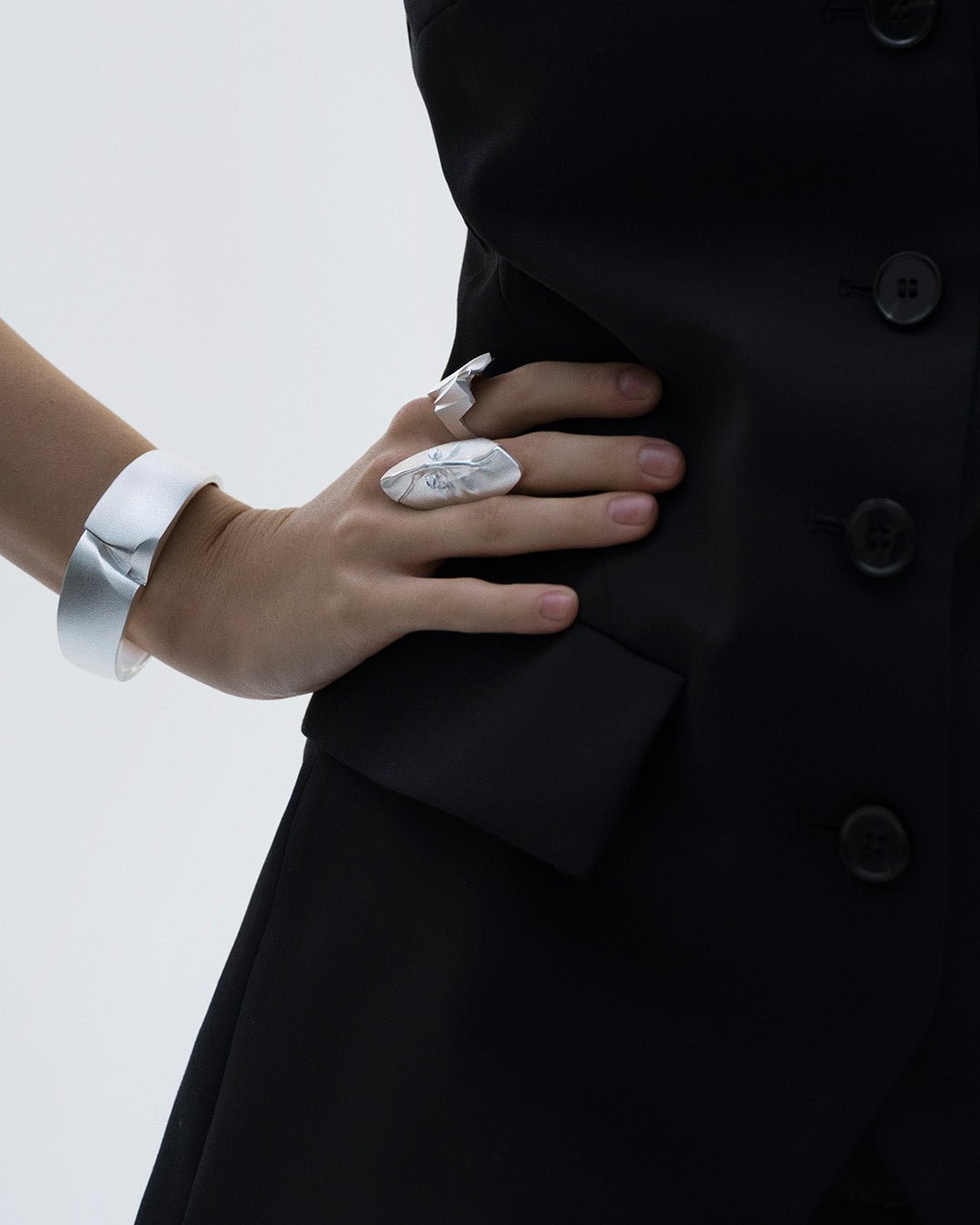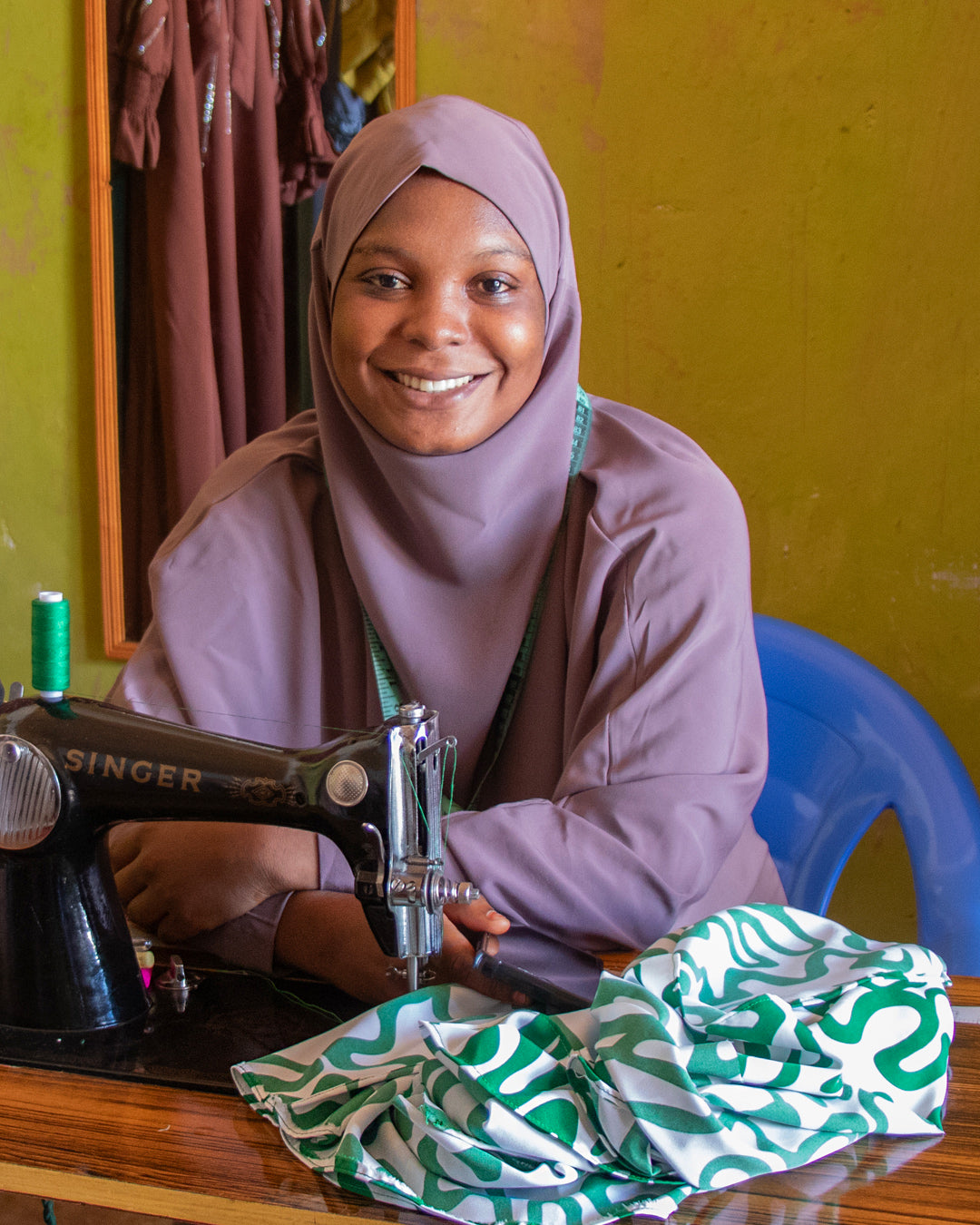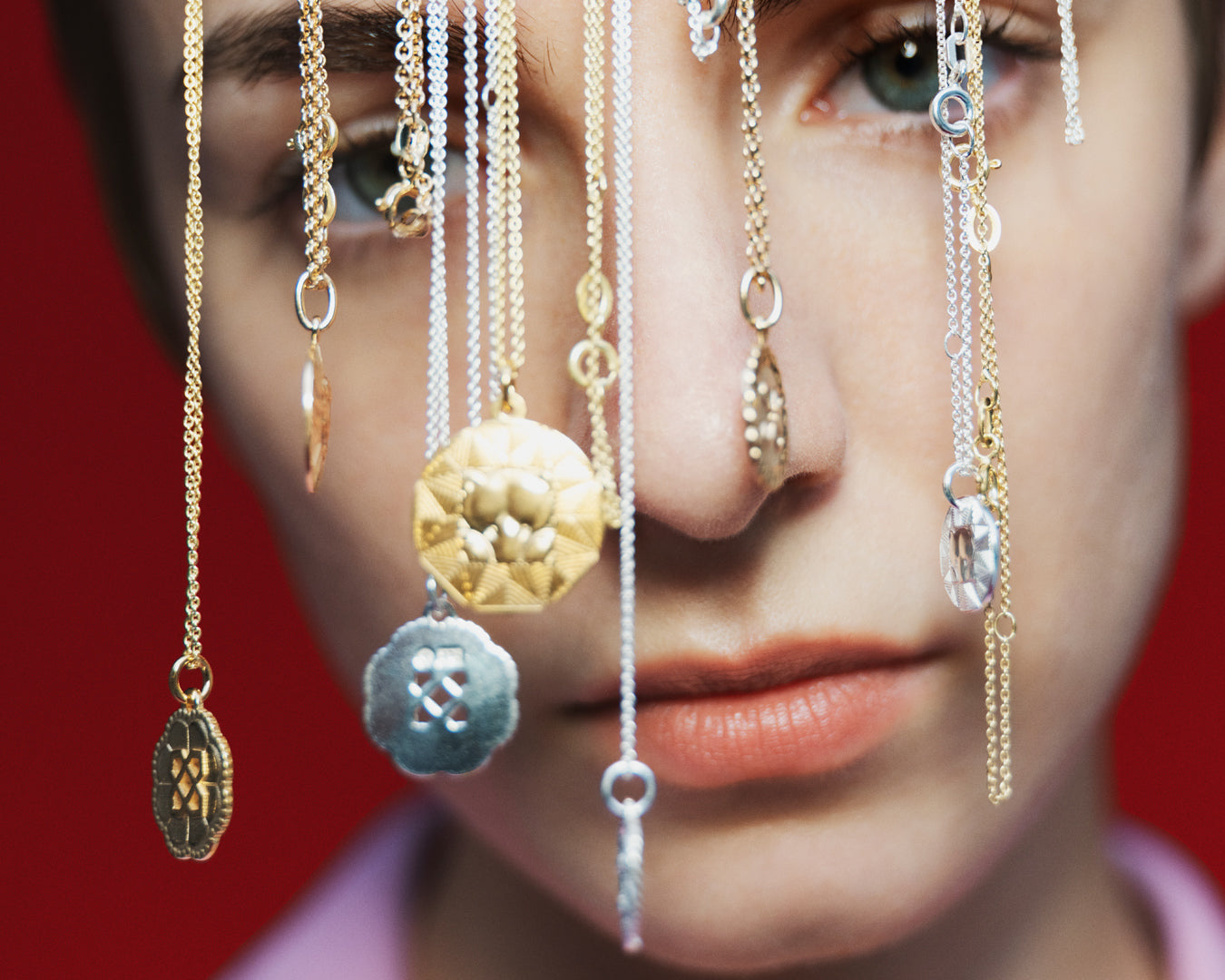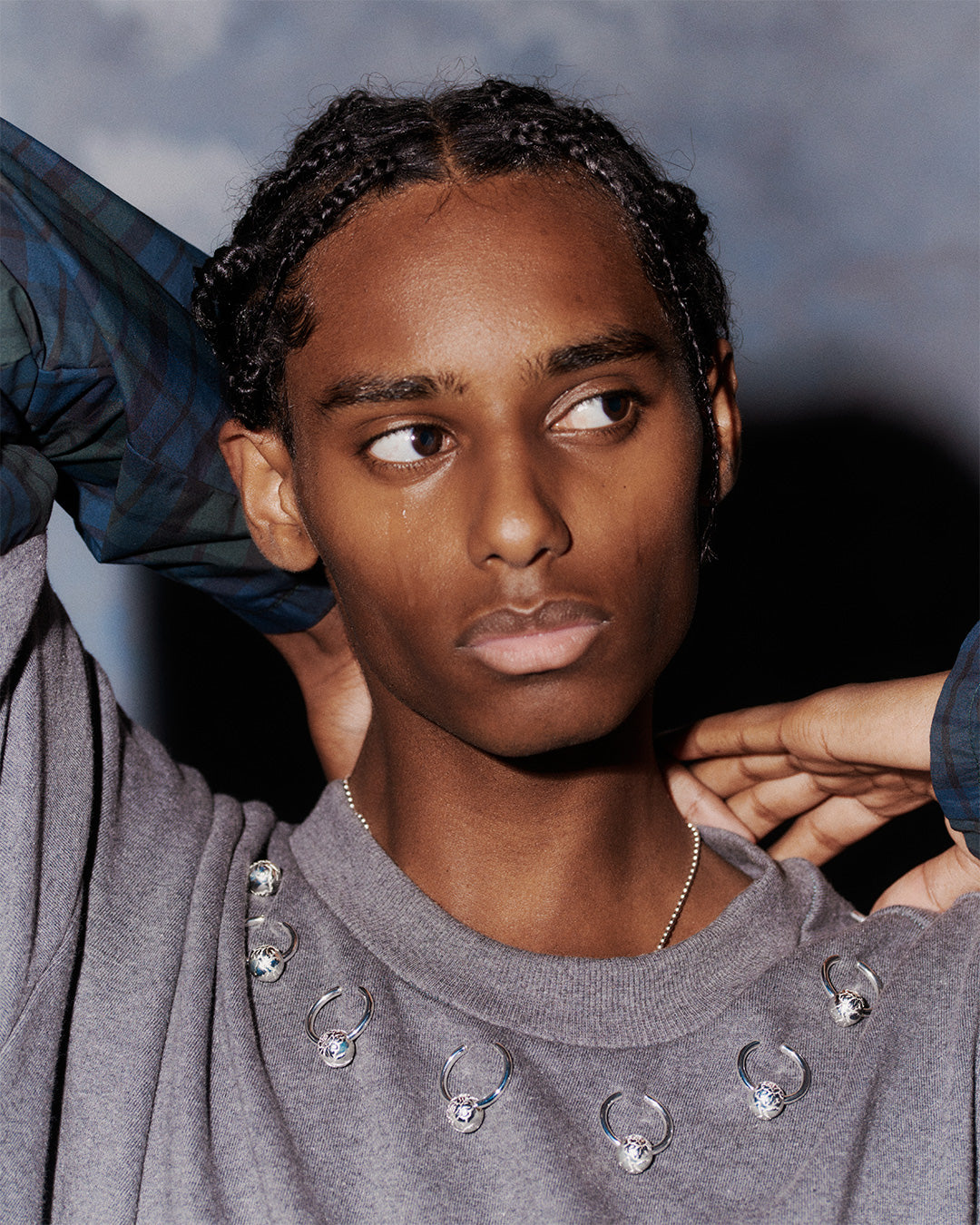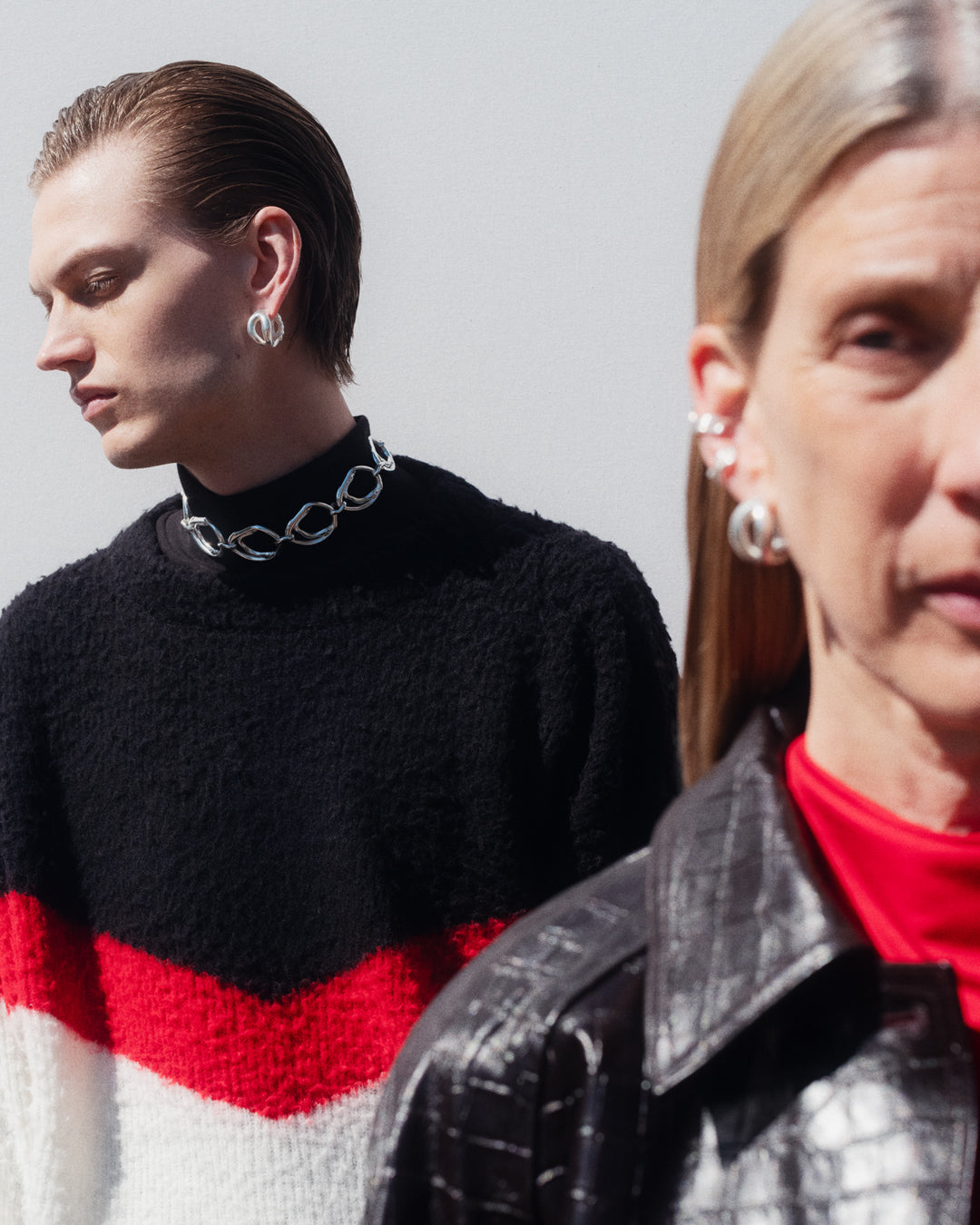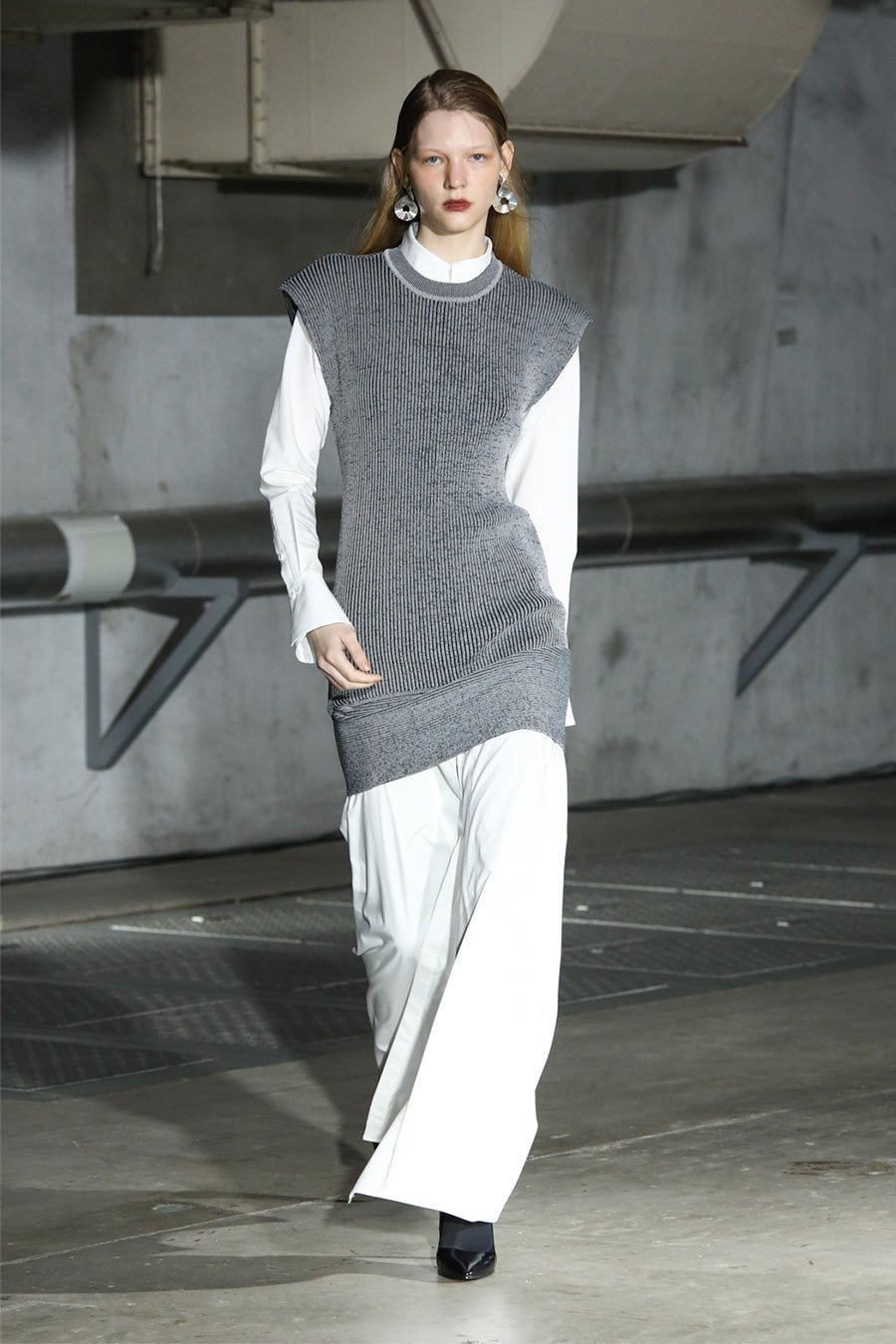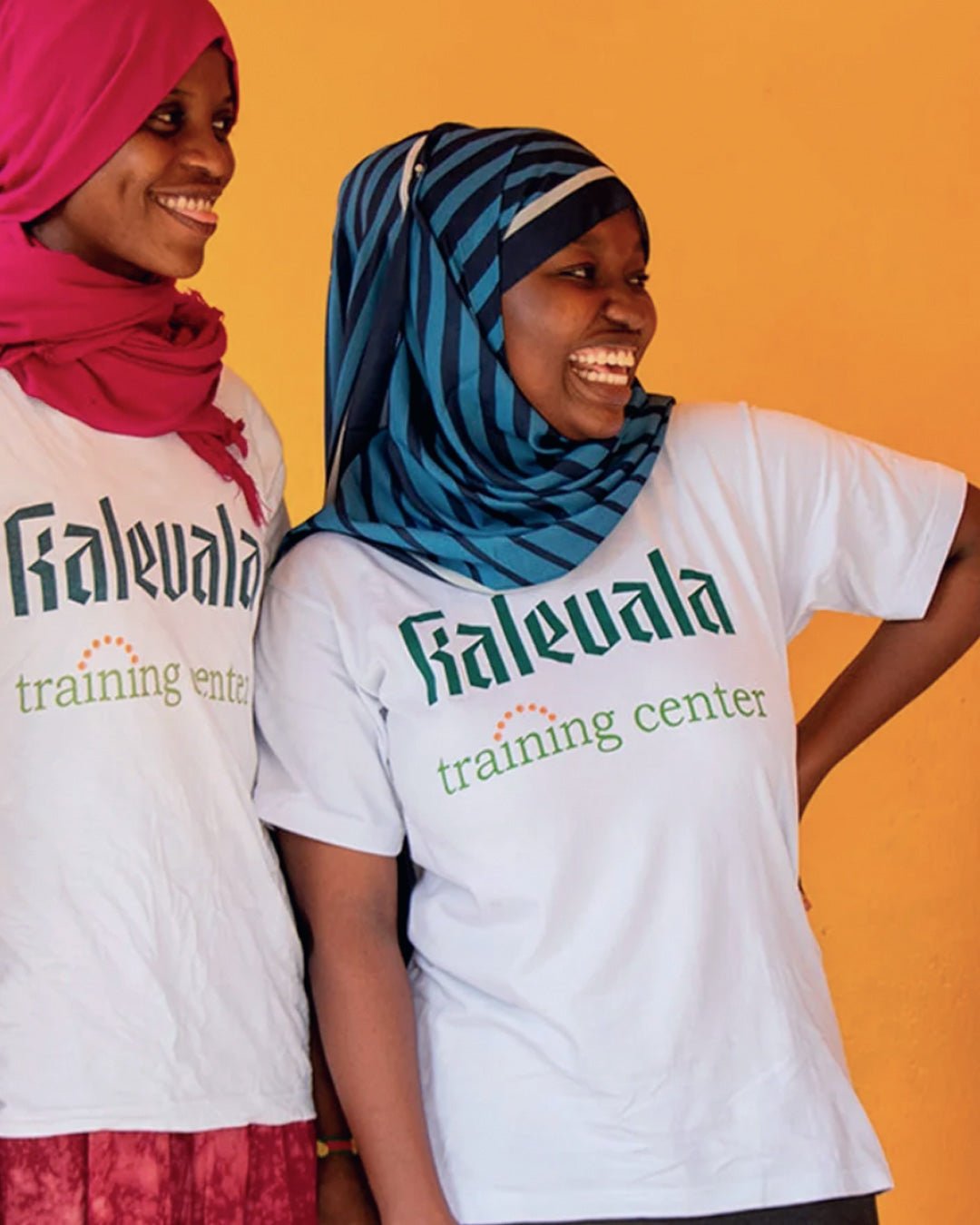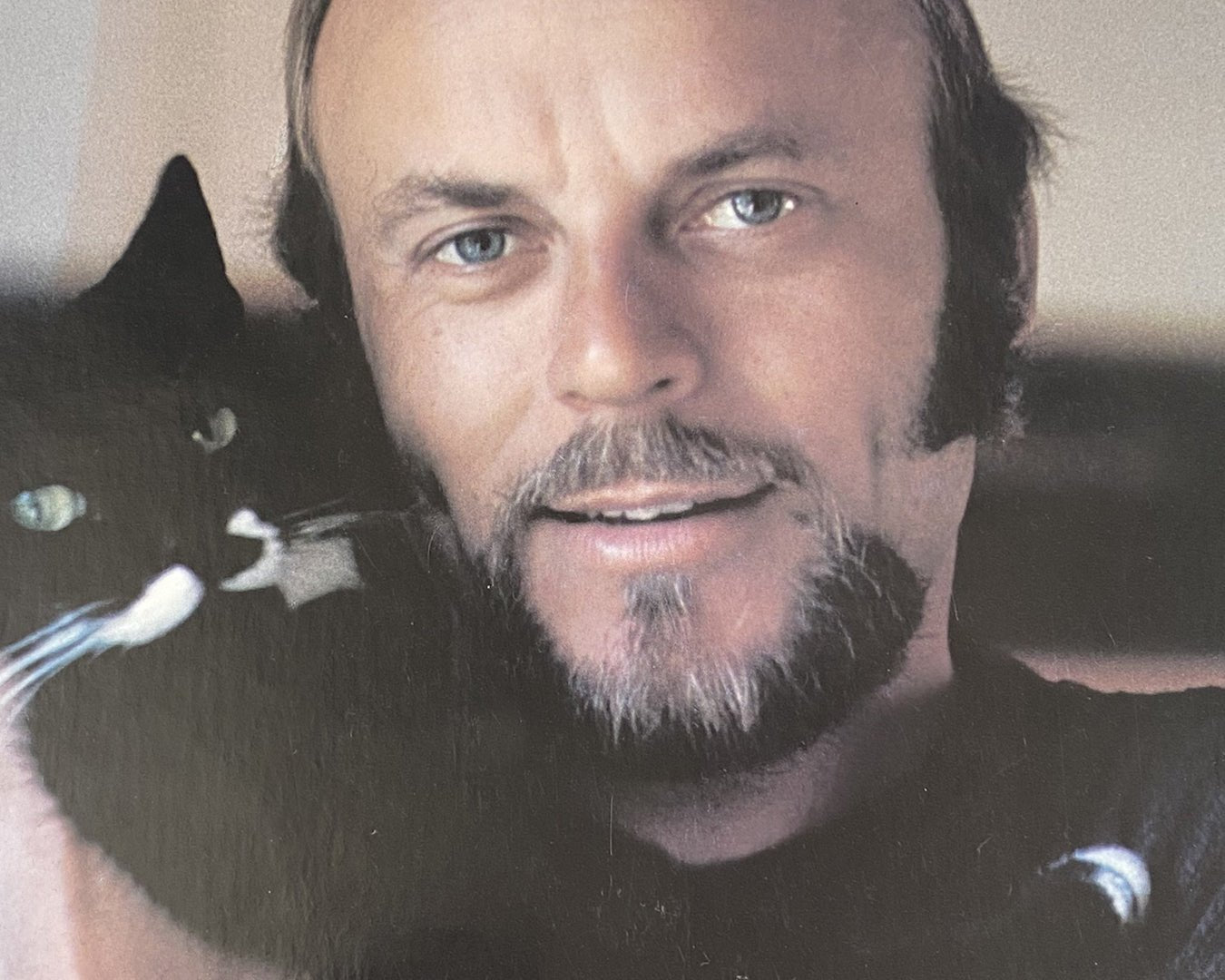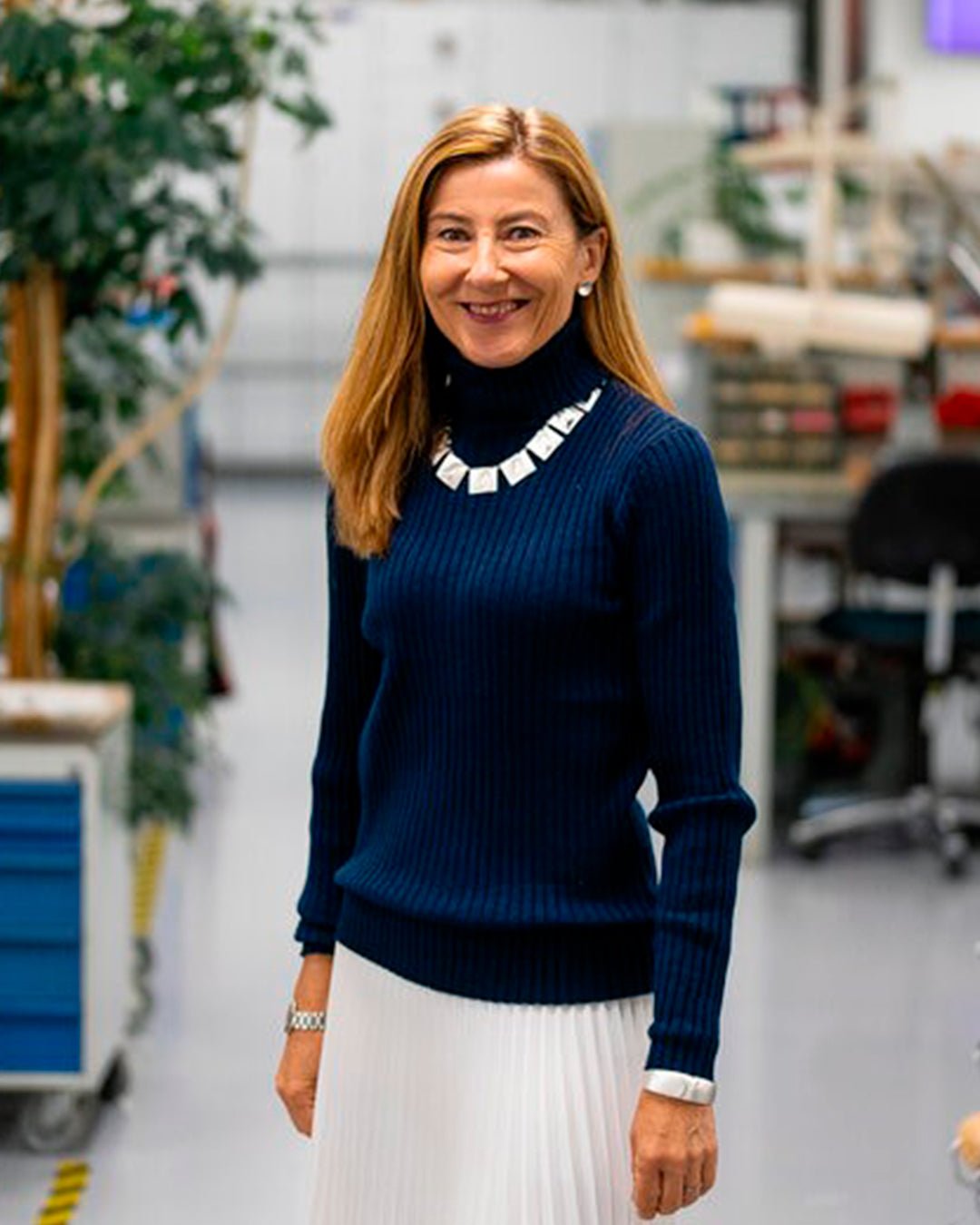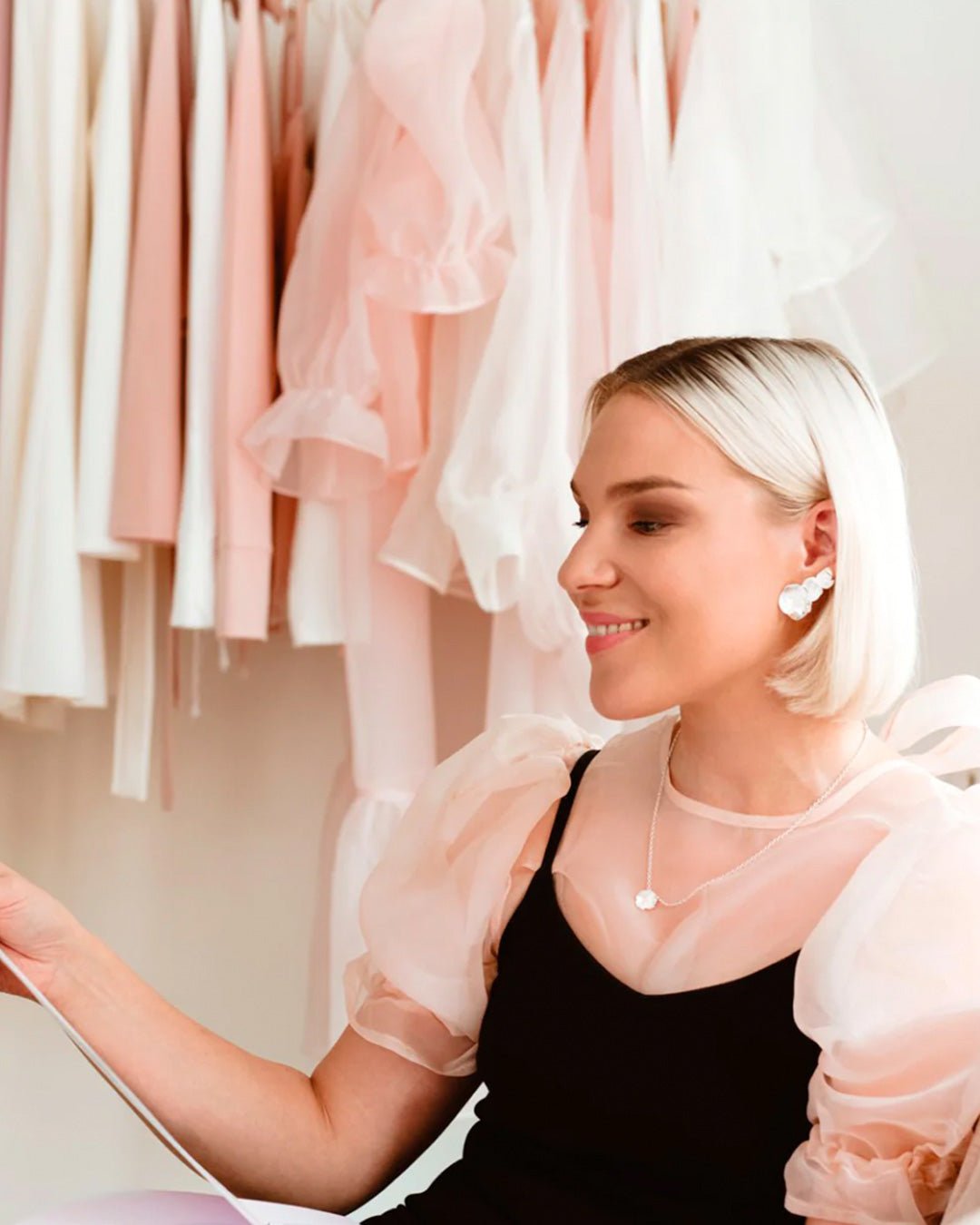Journal
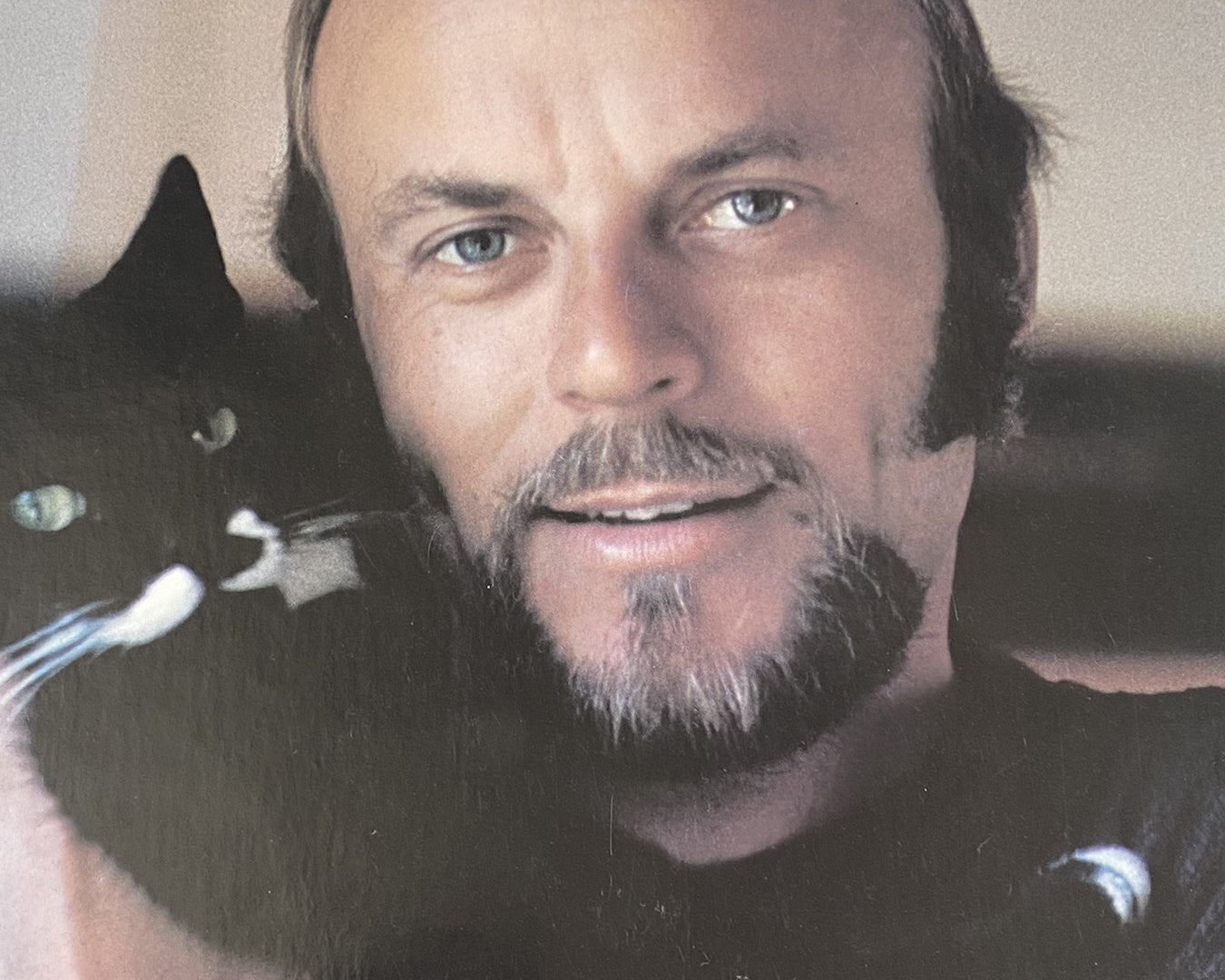
Björn Weckström — jewelry artist
"Jewelry can be more than an adornment. It can be a work of art." Björn Weckström is Finland's internationally most well-known jewelry artist and sculptor, whose jewelry designs have a unique, sculptural style.
Taiteilijaprofessori Björn Weckströmin ura alkoi koruista. Hän valmistui Kultaseppäkoulusta vuonna 1956 ja erottui kurssillaan erityisen lahjakkaana ja luovana oppilaana. Alkuajan korut olivat ajan hengen mukaisesti pelkistetyn geometrisia ja valmistettu hopeasta, joka oli aikakauden ehdoton ykkösmateriaali.
Vuonna 1963 Björn Weckström otti vastaan kultaseppäkoulukaverinsa Pekka Anttilan kutsun tulla tämän perustaman Kruunu Korun muotoilijaksi. Anttila oli innostunut Weckströmin rohkeista kokeiluista ja uskoi tämän visioihin. Tämä oli lähtölaukaus antoisalle yhteistyölle ja uudenlaiselle korumuotoilulle. Yrityksen nimi muutettiin Lapponia Jewelryksi samana vuonna. Weckströmin ehdottama Lapponia nimi oli riittävän eksoottinen ja ymmärrettävä sekä koti- että ulkomailla.
In 1965, the city of Rio de Janeiro organized a jewelry design competition to celebrate its 400th anniversary. Björn Weckström’s Flowering Wall necklace won the international competition, which attracted a large number of participants. “Everything changed overnight,” Weckström recalls. The necklace, with its slightly rugged texture resembling genuine Lapland gold, quickly gained worldwide recognition. Soon after, Lapponia's gold jewelry sold out across Central Europe. In response to the high demand, Lapponia introduced more bold and innovative Lapland gold pieces to the market. Following this international success, Finland also began to embrace the new design style.
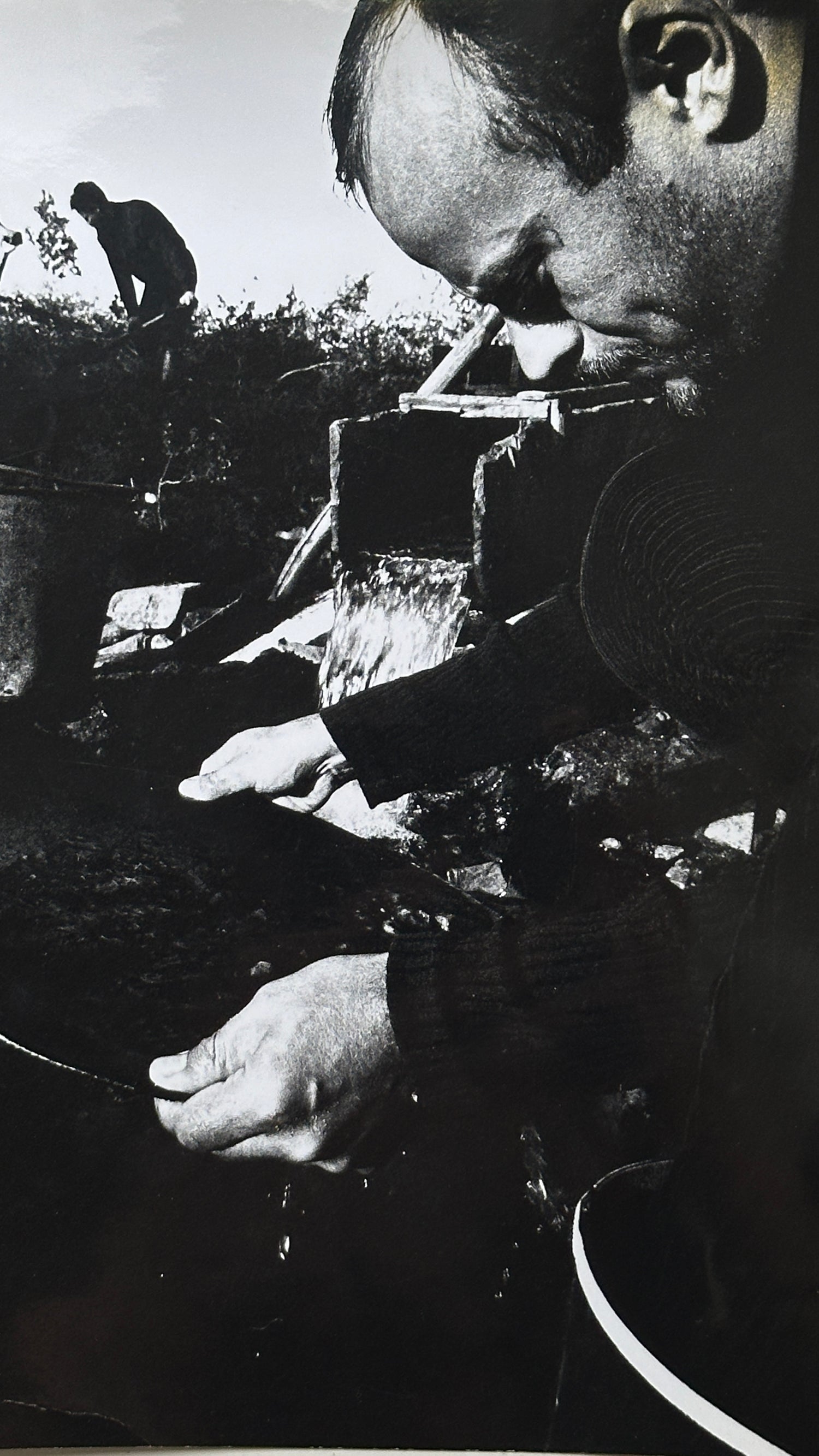
“Lapland gold felt like a warm material to me,” Weckström recalls, speaking about his trips to Lapland and a gold-digging expedition to Lemmenjoki in the late 1950s. During these journeys, he was captivated by the soft, dim glow of genuine Lapland gold, which became a source of inspiration for his work.
While Lapland gold jewelry thrived throughout the 1970s, Weckström had simultaneously been designing numerous silver jewelry pieces, many inspired by space. For example, he experimented with combining watches and jewelry: "I wanted to create a 'total look' by introducing matching wristwatches made of gold and silver to complement Lapponia's jewelry collection," Weckström explains about his experimental watches, which were presented at the Basel Fair in 1975. Around this time, he also designed innovative watches like Aikarauta and Aikasauva, which fused silver with acrylic.
Weckström’s Space Silver jewelry has become a beloved and collectible series, both in Finland and internationally. Inspired by the era’s fascination with space, the theme also influenced Weckström’s creative process.
“Space wasn’t just about outer space for me; it was about a person’s inner world,” he explains. In the late 1960s, Weckström developed an interest in Zen Buddhism and meditation, which further shaped his work. The small, silver figures in his jewelry reflect a person’s connection to the world and the universe. He was also deeply fascinated by the revolutionary event of his time—man's landing on the moon. “All of these influences came together in what is now known as my Space Silver jewelry,” Weckström reflects.
In the early 1970s, a bold experiment took place at Lapponia. The company acquired an acrylic pulp machine from Germany, and Weckström initially intended to create perfectly clear acrylic elements to pair with silver in his designs. However, the machine injected steam into the mixture, causing air bubbles to form. At first, this was seen as a production failure, but Weckström soon realized that the random bubbles added a unique and intriguing character to the jewelry. Combined with pigments in blue, green, red, and purple, along with small gold grids, the acrylic pieces became truly one-of-a-kind creations. Notable examples include the Space Apple and Kilimanjaro pendants, as well as the Petrified Lake ring.
The Petrified Lake ring gained fame in November 1971 when Yoko Ono wore it while performing with John Lennon on The Dick Cavett Show. John Lennon had given her the ring as a gift.
Björn Weckström’s career took a significant turn when his Planetoid Valleys jewelry appeared in the first Star Wars movie in 1977. Today, both Finnish and international tourists, along with jewelry enthusiasts, flock to Kalevala’s store in Helsinki to admire this world-famous piece. The story of the jewelry has become a legend in Finnish jewelry art, and it stands as an iconic example in its genre. Not only is it admired, but it’s also purchased and worn, just like other pieces designed by Weckström.
Weckström is pleased that secondhand Lapponia jewelry is available in Kalevala’s Preloved collection. “It reflects the spirit of today," he says. Lapponia jewelry has long been traded on secondhand markets in Finland and abroad. When Kalevala Jewelry offers preloved Lapponia pieces for sale, they are expertly maintained by our goldsmiths. Many pieces that may have been tucked away in boxes will find new owners and new lives in the future. Their story continues.
Björn Weckström designed his most iconic pieces for Lapponia Jewelry, which was acquired by Kalevala Jewelry in 2005. In 2020, with the brand's renewal, Lapponia became Kalevala. That same year, Weckström created the Kultarailo jewelry series for the revamped Kalevala brand. Today, his unique design legacy continues to thrive in the Kalevala collection and is also featured in the Kalevala Preloved secondhand collection.
Blog author: Mari Wilenius

